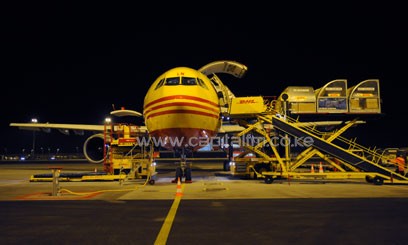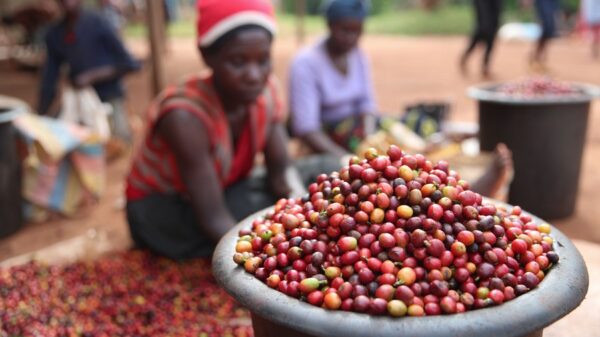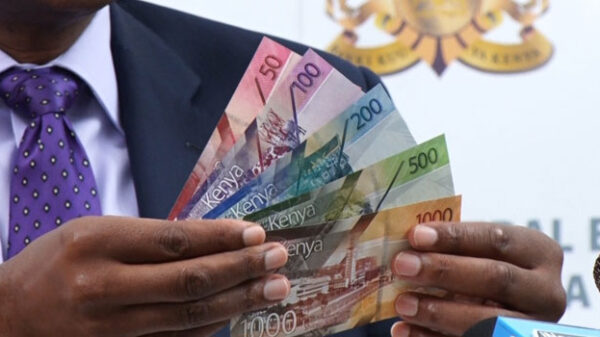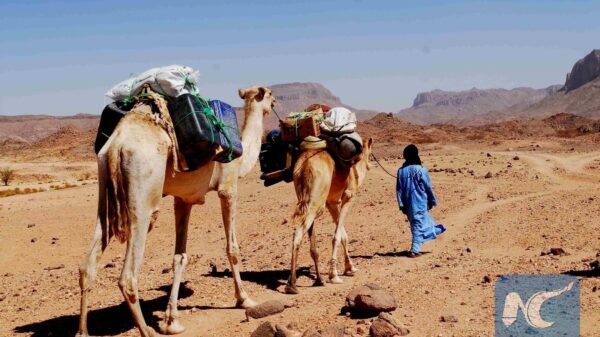
The index measures how linked global economies are along international flows of trade, capital, information and people/FILE
The index measures how linked global economies are along international flows of trade, capital, information and people.
The GCI is an annual comprehensive analysis of the state of globalisation around the world, and it ranked Kenya six places better than last year.
The report, drawing on over one million data points from 2005 to 2011, concludes that the world today is less globally connected than it was in 2007.
According to Managing Director for DHL Express Equatorial Africa Alan Cassels, the Sub-Saharan Africa region remains the world’s least connected, but it has averaged the largest connectedness increase from 2010 to 2011.
“Five of the countries with the largest increases in their connectedness scores – Mozambique, Togo, Ghana, Guinea and Zambia – are all from the region. Although Sub-Saharan Africa did not perform well against Europe, Asia and the Americas, the region is definitely on the correct path when it comes to growth in global trade and connectivity,” he said.
“We are confident that with increased investment in Africa and a sustained commitment from governments, we will continue to improve these scores year on year,” he added.
From the baseline year of 2005, DHL concludes that global connectedness grew robustly to 2007, and then dropped sharply at the onset of the financial crisis.
Of the top 10 most-connected countries in 2011, nine are located in Europe – the world’s most-connected region by DHL’s measure.
Kenya’s connectedness has generally remained fairly stable since 2005 and among the more noteworthy aspects of Kenya´s connectedness profile are the high depth of its inward Foreign Direct Investment stock (56th out of 132 countries) and the proportion of its tertiary students studying abroad (8 percent, ranked 37th out of 130 countries).
Kenya has moderately higher breadth (74th globally) than depth (106th) and the country also ranks 4th worldwide on the breadth of its inbound international telephone calls.
Cassels explained that depth refers to how much of a given activity is international (rather than domestic). Breadth complements depth by looking at how broadly the international component of a given type of activity is distributed across countries.
He added that the GCI also reveals that in 2011, intra-Africa trade continued to lag far behind its European and Asian counterparts.
“If we want to improve this interconnectivity, we need to look at the ease of doing business across borders in the region and work towards regional trade agreements, customs improvements and border efficiencies, to name just a few,” he explained.
Kenya’s top export destinations are: Uganda (13 percent), United Kingdom (10 percent), Tanzania (8 percent), Netherlands (7 percent), United States of America (6 percent), United Arab Emirates (5 percent), Sudan (5 percent), Egypt (4 percent), Pakistan (4 percent) and Somalia (3 percent).
Kenya’s major exported goods include tea, horticultural products, coffee, petroleum, products, fish and cement.
Cassels explained that from a global perspective, the GCI 2012 indicates that today’s volatile and uncertain business environment bears the lasting impact of the financial crisis.
“In this period of slow growth, it’s important to remember the tremendous gains that globalization has brought to the world and recognise it as an engine of economic progress. It is crucial that governments around the globe resist protectionist measures that hinder cross-border interactions,” he added.
Managing Director for DHL Express in Sub-Saharan Africa Charles Brewer said that the GCI also reveals that in 2011, intra-Africa trade continues to lag far behind its European and Asian counterparts.
“If we want to improve this interconnectivity, we need to look at the ease of doing business across borders in the region and work towards regional trade agreements, customs improvements and border efficiencies, to name just a few,” he explained.
Brewer added that from a global perspective, the GCI 2012 indicates that today’s volatile and uncertain business environment bears the lasting impact of the financial crisis.
“In this period of slow growth, it’s important to remember the tremendous gains that globalization has brought to the world and recognise it as an engine of economic progress. It is crucial that governments around the globe resist protectionist measures that hinder cross-border interactions,” he said.
Some surprising facts from the GCI 2012 include; along most dimensions, the world is less than 20 percent globalised – often even less than 10 percent, of the international flows that do take place, 50-60 percent occur within regions, the world’s centre of economic gravity shifted thousands of kilometres to the East in the past decade, and continues to do so and the most connected country, the Netherlands, is hundreds of times more connected than the least, Burundi.


































